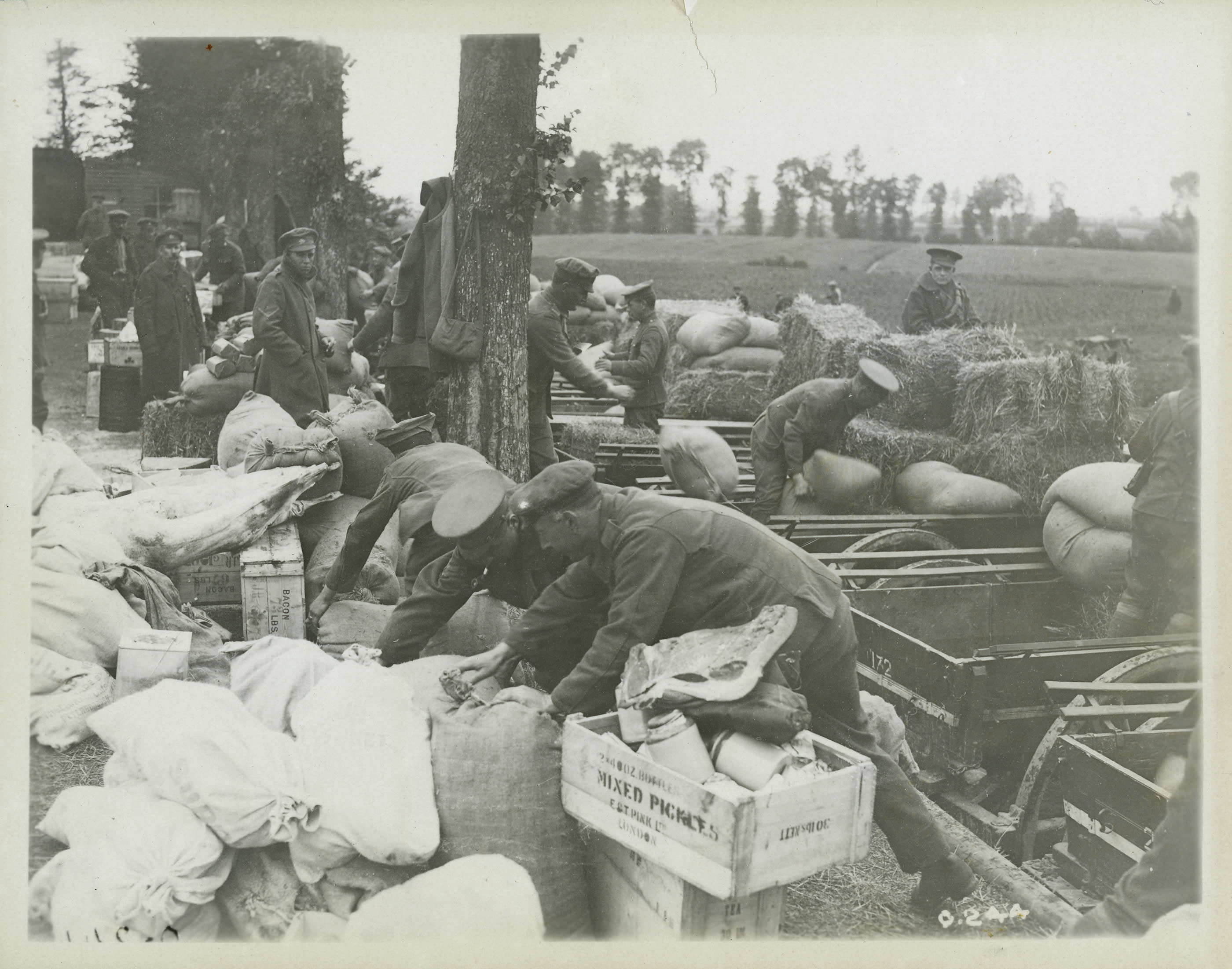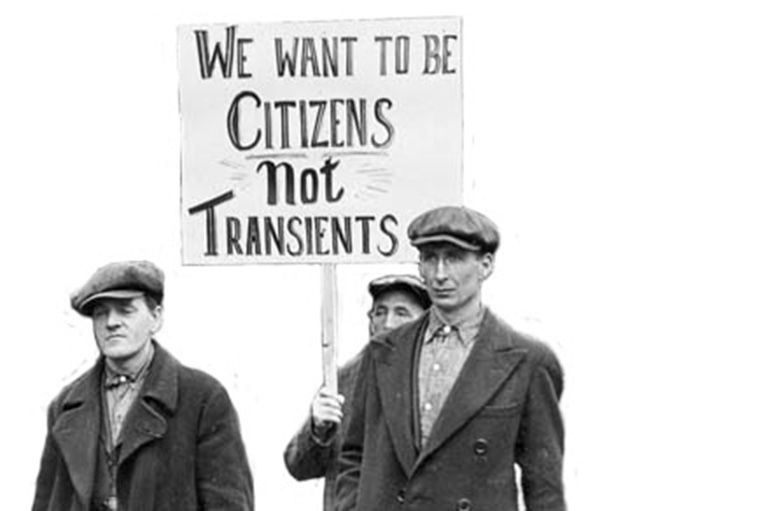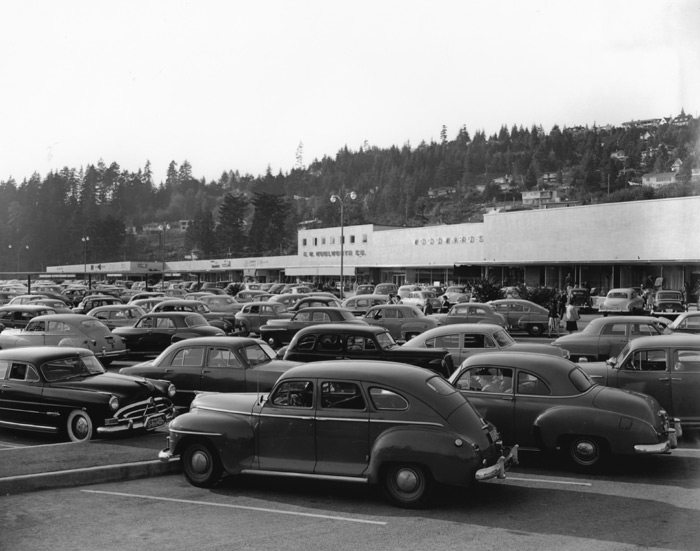
Social and Economic
Changes of WW1
Postwar challenges
The postwar challenges weren't easy. After the war, there was a lot of unemployment in Canada. As soldiers were returning and European soldiers were immigrating, they were looking forward to go back to work. Unfortunately, many factories and plants were closing. Inflation caused a shortage of food and fuel and the resources became even more expensive. This caused the residents a lot of trouble maintaining their standard of living.

Rationing food
Next, many soldiers who returned from war experienced post traumatic stress disorder from all the horrible things they've seen during the war. A few examples are dying individuals, little children and old soldiers. To help cope with these problems, there were support groups, but as the economy fell, the government stopped offering these programs and many veterans were not happy with this response.

Shell shock
Great Depression of the 1930's
After a period of prosperity, Canada fell into depression. Many businesses closed down and residents couldn't buy everyday goods. Many people lost their jobs and manufacturers were left with a lot of products but no one to buy them.

Protests
The stock market had also crashed because of the depression. In October, the Toronto exchange market lost $200 million in value. The shares costed way less and everyone was at a loss.
Since Canada had trading ties with the US, both their economies fell and many residents in the Prairies and Maritimes did not do so well in this time period. Overall, everyone suffered and The Great Depression brought a lot of issues.

Stock market crash on newspaper
The government of Canada did not help fix the issue because they thought it was the municipal government's responsibility but they didn't have any resources and techniques to deal with this. As the problem worsened, thousands of Canadian workers, farmers and fishers lost everything and many of them demanded the government to take actions.

Protest
Impacts of World War 1
The impacts of World War 1 were substantial. To begin with, many soldiers who came home were moderately/severely injured and many did not come home.
When men were away at war, women had to fill in many jobs and around 300,000 individuals were hired to work in the munition industry. After the war, women were expected to give up their jobs and return back to their normal schedule.

Injured soldiers
Soon, many munition factories and other factories either closed or cut down their production, and this lead to a recession in the Canadian economy. Conditions worsened when British veterans immigrated to Canada and settled on farms in the west.
Then, we faced Inflation. This brought a lot of challenges for the residents and returning veterans, such as the cost of living was doubled from what it was in 1914. Veterans were paid very poorly and many of their homes were

Food rationing
The other impact of WW1 was the pandemic (Influenza). The disease which came from birds, to pigs and finally humans. Humans carried the flu in Europe and it spread very quickly in the trenches. The Canadian soldiers brought it back to Canada and it spread even more quickly during parades and celebration of the end of the war. When the same thing happened in other countries, Influenza was considered a pandemic. Since healthcare workers were serving overseas, the disease became worse and overall, more than 50 million people died around the world.

The pandemic of 1918
Economic Boom of the 1920's
In the 1920's, the economy grew a lot. This is because of mass
production. With assembly lines, production became very fast. Electrical power became more widely available and industries started using electricity, rather than coal and charcoal and this boosted their production time.

Subtopic
The change in trade partners got Canada and us tighter. The bond between Canada and US got stronger while the bond between Canada and Britain got weaker and US became Canada's main trading partner instead.

Subtopic